WEIRD Things You Did Not Know about Cleopatra
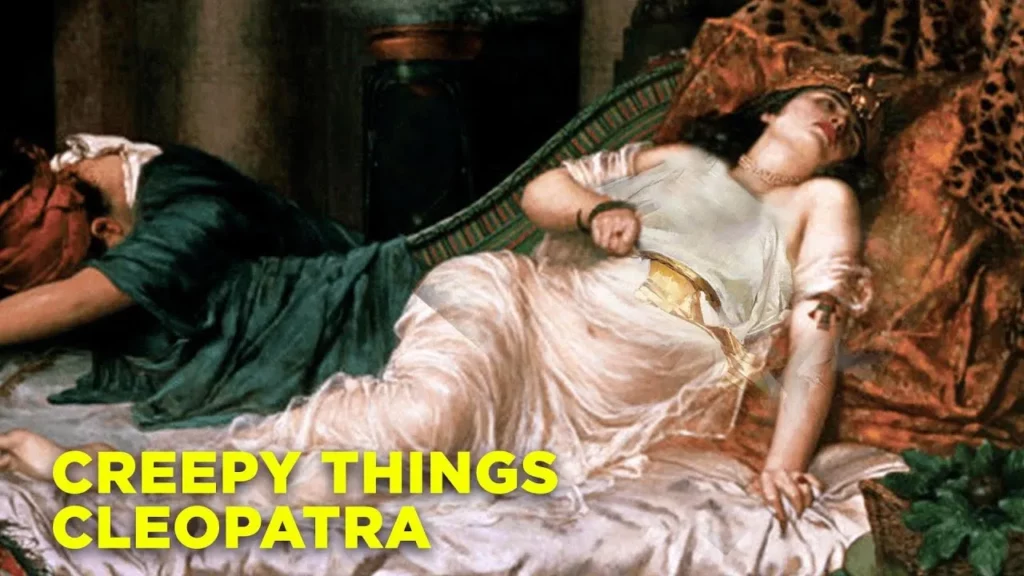
The lesson explores the multifaceted life of Cleopatra, emphasizing that her intelligence and charm were more significant than her physical beauty, which was often overstated in popular culture. It highlights her extensive education, strategic political alliances, and her embrace of Egyptian culture, showcasing her as a skilled manipulator and a powerful leader who navigated complex challenges during her reign. Ultimately, Cleopatra’s legacy is one of intrigue and complexity, making her a captivating figure in history.
Creepy Hobbies That Were "Normal" During The Victorian Era
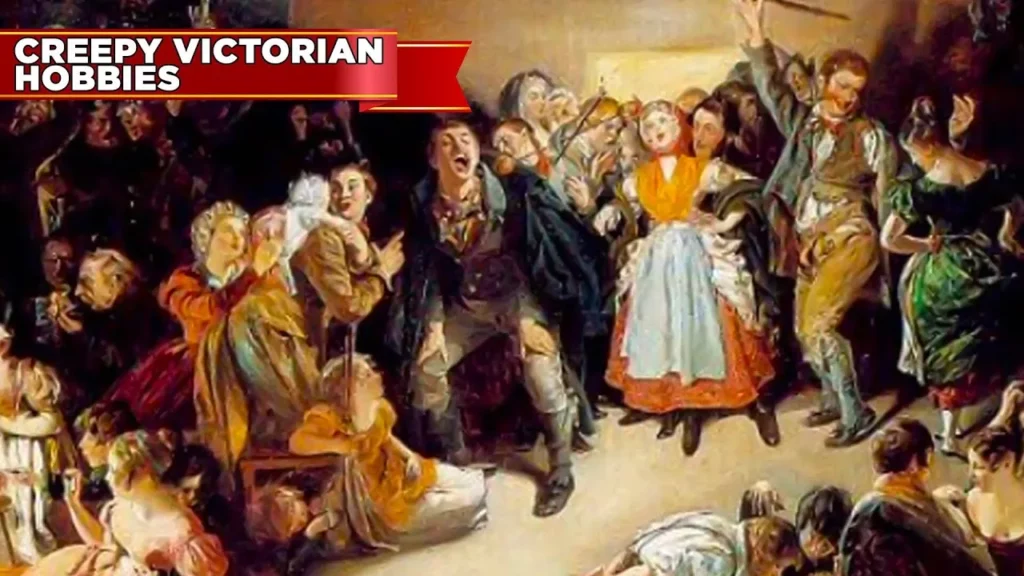
The lesson explores the peculiar hobbies and interests of the Victorian era, highlighting how societal norms around death and mystery shaped their leisure activities. Victorians often visited cemeteries for social gatherings, engaged in true crime puzzles, celebrated Halloween with fortune-telling games, and participated in children’s rituals like doll funerals. These activities, while seemingly strange today, were integral to their culture and reflected their fascination with the macabre and the unknown.
The Untold Story of “The Emperor”

The lesson explores the fascinating story of Joshua Norton, a self-proclaimed Emperor of the United States, who emerged from wealth to become a beloved figure in San Francisco after declaring himself emperor in 1859. Despite his eccentricity and financial downfall, Norton advocated for social change and civil rights, capturing the hearts of locals and even creating his own currency. His life serves as a unique reflection on the potential for individual influence within a democracy, contrasting with the historical choice of George Washington to reject absolute power.
How the Heist of Nazi Data lead to the Invention of GPS
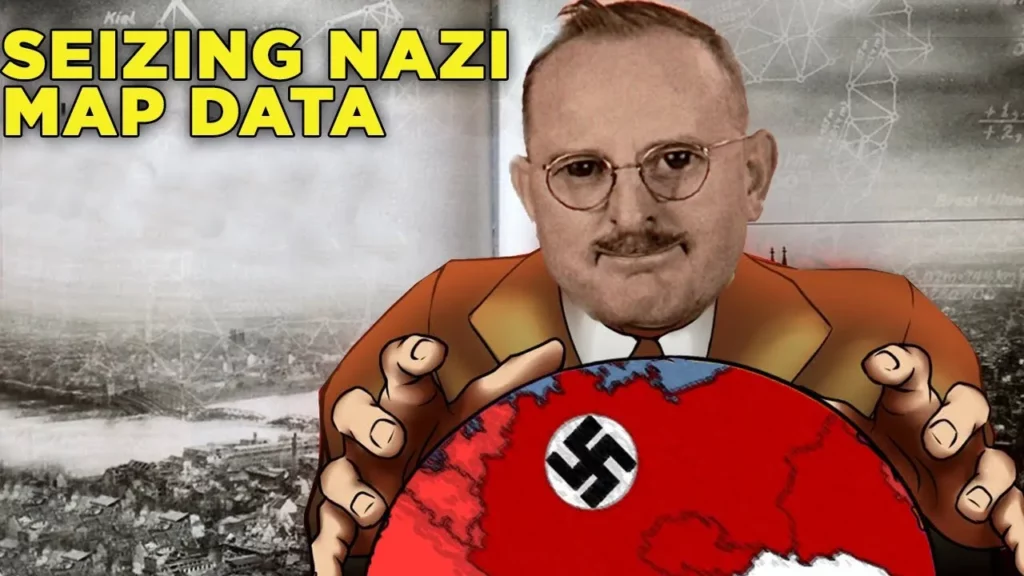
The lesson explores the covert operations of the Hof Team during World War II, highlighting their mission to capture valuable Nazi map data, which played a crucial role in the Allied victory and the eventual development of GPS technology. Led by Major Floyd W. Hoff, this diverse group gathered essential geographic intelligence that not only aided military strategies during the war but also laid the groundwork for a global geodetic network, significantly influencing Cold War military operations. Despite their vital contributions, the Hof Team’s story remains largely overlooked in historical narratives.
What Was Life Like During Medieval Times
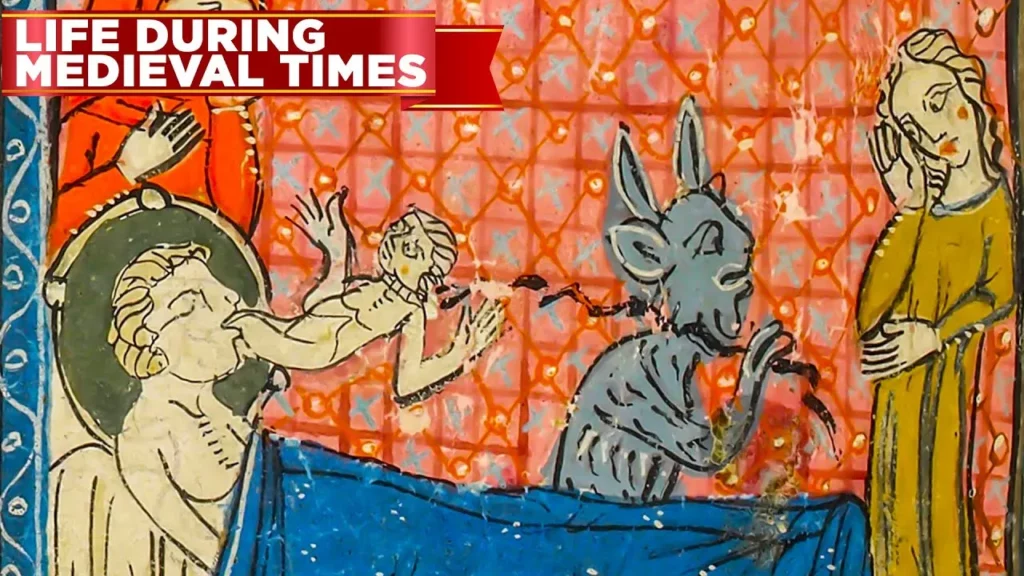
The lesson explores life during the Middle Ages, a period marked by significant events such as the Battle of Hastings and the devastating impact of the Black Death. It highlights the struggles of medieval commoners, the influence of key figures like Thomas Becket, and the societal changes that emerged from these challenges, ultimately leading to the end of the Dark Ages and the onset of the Renaissance. Understanding this era provides insight into the historical developments that have shaped modern society.
What Punishment was Like for Vikings
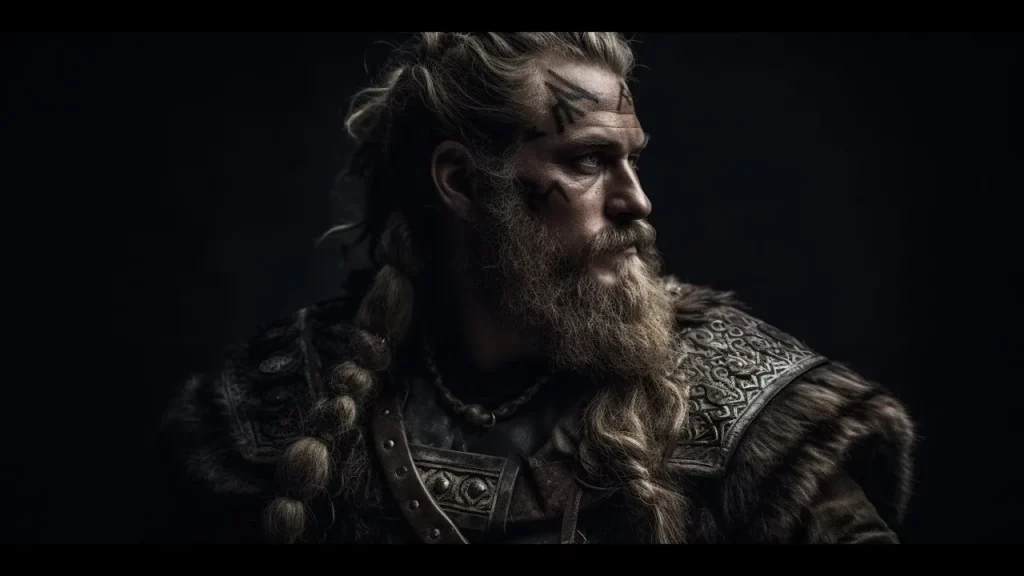
The lesson explores the legendary Viking warriors known as Berserkers, highlighting their fierce nature and significant historical impact. Key figures such as Knute the Great, Eric Bloodaxe, Egill Skallagrímsson, Bjorn Ironside, and Thorkel the Tall are discussed, showcasing their conquests, strategies, and unique traits that contributed to their fearsome reputations. These stories illustrate the Vikings’ strength, skill, and complex interactions with the cultures they encountered.
Why Life was Scary During Dark Age Britain
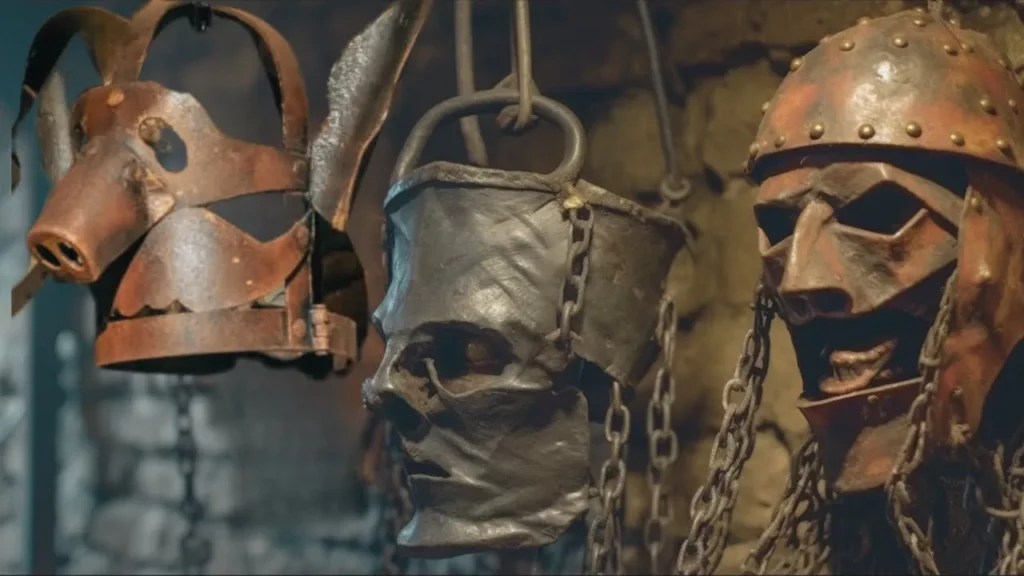
The lesson explores the challenging realities of life in Dark Age Britain, highlighting the limited medical knowledge, poor hygiene, and unsanitary living conditions that plagued society during this time. It also touches on unusual dietary practices, the impact of the Hundred Years War, and the difficulties faced in agriculture. Overall, the lesson paints a vivid picture of a period marked by hardship and struggle, contrasting with the more romanticized views often associated with medieval history.
The Scary Lives of Native Americans

The lesson highlights the often oversimplified narratives of Native American history that are taught in schools, emphasizing the rich and diverse cultures that existed long before European settlers arrived. It discusses the complexities of Native American life, including their contributions to early settlers, the conflicts that arose from land disputes, and the devastating impact of European colonization, which led to significant violence, disease, and the near eradication of many indigenous populations. Ultimately, the lesson calls for a deeper understanding of Native American history and the challenges they faced due to external influences.
The Untold Story of the Most Evil Conqueror of All Time
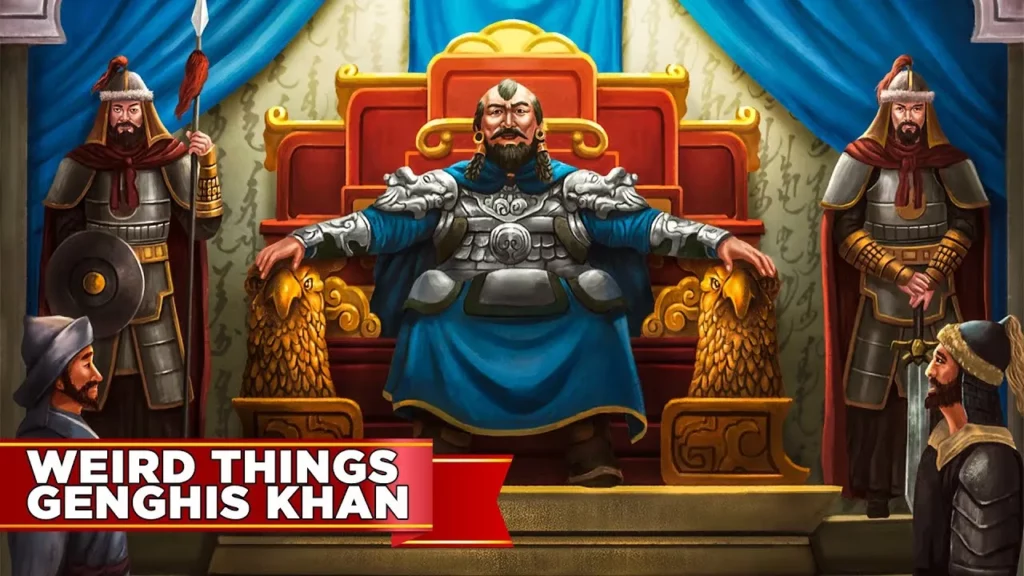
The lesson explores the life and legacy of Genghis Khan, originally named Temüjin, who rose from a challenging childhood as a nomadic herder to become one of history’s most formidable conquerors. Despite his reputation for ruthlessness, he was a skilled military strategist who united the Mongolian tribes and fostered a period of stability and trade known as Pax Mongolica. Genghis Khan’s complex legacy includes both his brutal conquests and his contributions to cultural tolerance and governance, leaving a lasting impact that continues to intrigue people today.
What Pregnancy "norms" were Like in Ancient Greece

The lesson explores the norms and practices surrounding pregnancy and childbirth in ancient Greece, highlighting the societal expectations for women to bear children, particularly male heirs. It discusses the limited understanding of anatomy and the reliance on midwives, as well as the significant role of fertility beliefs, religious practices, and the health implications of pregnancy for women during that time. Despite the challenges and risks associated with childbirth, the Greeks developed various methods and remedies to address fertility and support women through the birthing process.